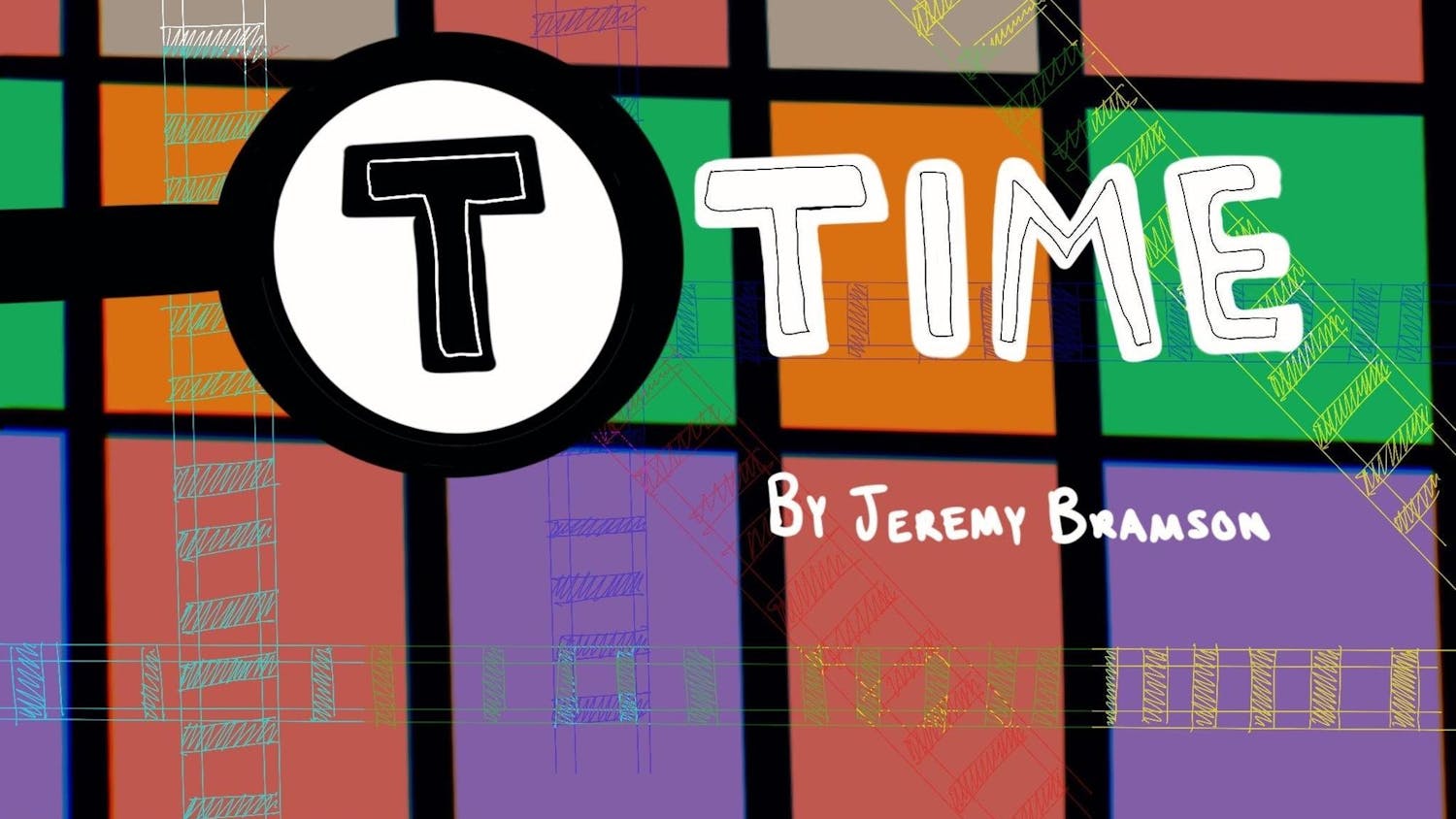Through March 26, the Institute of Contemporary Art Boston (ICA) is showcasing “The Artist’s Museum.” The exhibition includes works by 12 contemporary artists in various mediums including film, sculpture and photography. “The Artist’s Museum” explores the human impulse of collecting and curating, a compulsion at the center of museums, and utilizes it as a means of expression.
Museums are places where objects are collected, organized and displayed, in a manner that often serves to tell a broader narrative. Here, Senior Curator Dan Byers tells the story of artists as collectors and curators, creating their own narratives and displaying their voices through collections of items and images by other artists or themselves.
One of the first works visitors encounter upon entering the space is Rosa Barba’s “The Hidden Conference: About the Discontinuous History of Things We See and Don’t See" (2010). This film peruses a museum’s collection of objects in storage, imagining the artwork as characters who interact with each other when out of public view. Unexpected juxtapositions make for whimsical cinematic moments that animate the inanimate objects. Barba transports viewers to places few people get to see, exposing a world of art objects free from the constraints of display.
After viewing the first few works, one is drawn to Christian Marclay’s 360-degree installation "Shake Rattle and Roll (Fluxmix)" (2004) by the loud barrage of sounds emitting from it. In the installation, boxy video displays are arranged in a circle facing one another. Marclay displays videos of gloved hands touching, opening, banging and playing with objects ranging from hats and steel pans to small wind up toys, thereby breaking the cardinal rule of museums: please do not touch the art. His work directly challenges the idea that museums are where art objects come to die. These seemingly random objects are in fact artworks by Fluxus artists, whose works were created to be played with. Marclay brings their initial creative function back to life, and crowds the space with the overlapping sounds of simultaneous touch and play.
Goshka Macuga also plays with juxtapositions, Fluxus objects and the history of display in her own cabinet of curiosities entitled “Kabinett der Abstrakten (after El Lissitzky)” (2003). Her work refers to the ways art has been displayed throughout history. Macuga’s large, multifaceted cabinet with doors on every side features the works of various artists, including Fluxus members. Visitors are able to wonder at the sight of this interesting mix of items, but this feeling is accompanied by a sense of frustration at being unable to open and interact with the cabinet and its contents. The work conveys to visitors the limitations of such displays within a traditional museum setting.
These works, among many others on display, are a glimpse into the minds of artists and their world. There is a saying that you can tell a lot about a person by what they say about others. Maybe in "The Artist's Museum," you can tell a lot about a person by how they collect from others. Regardless, visiting the ICA, with its beautiful glass and metal modernist building, is definitely worth the trip.
- Rotana Shaker
More from The Tufts Daily





